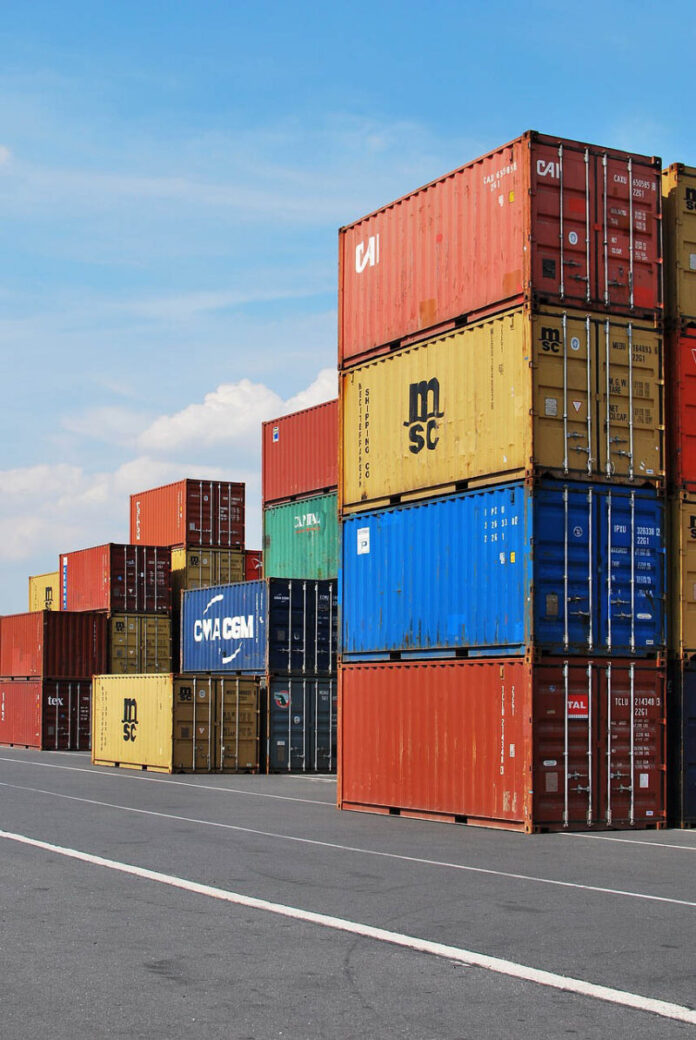
-
Malacañang has approved the Philippine Export Development Plan 2023-2028
-
Memorandum Circular No. 23, dated June 20, 2023, approves the PEDP
-
The plan seeks to turn the country into a leading exporter of high-value goods and services in five years
-
Under the PEDP, the government targets export revenues of US$126.8 billion this year; $143.4 billion in 2024; $163.6 billion in 2025; $186.7 billion in 2026; $212.1 billion in 2027; and $240.5 billion in 2028
Malacañang has approved the Philippine Export Development Plan (PEDP) 2023-2028, which aims to establish the country as a leading exporter of high-value products and services by 2028.
Memorandum Circular No. 23, dated June 20, 2023 and signed by Executive Secretary Lucas Bersamin, approved the plan and directed all concerned government agencies to identify and implement relevant programs, activities and projects that would support the latest PEDP.
“To ensure the success of the PEDP 2023-2028, it is necessary for all concerned government agencies to support and cooperate in the implementation of the PEDP 2023-2028,” MC 23 states.
Within 60 days from the effectivity of MC 23, all concerned agencies are directed to submit to the Export Development Council (EDC) and to the Office of the President, through the Office of the Executive Secretary, an inventory of relevant programs, activities and projects (PAPs) that are aligned with the strategies under the PEDP 2023-2028.
“These agencies shall implement the identified PAPs to develop and promote Philippine exports, and ensure the free flow of goods, in accordance with the PEDP 2023-2028, PDP (Philippine Development Plan) 2023-2028, and MC No. 27,” the circular reads.
MC 27 identifies and directs concerned government agencies and entities “to collectively work, review, institute reforms, and implement relevant policies to boost export growth.”
The EDC should ensure the biannual validation and updating of the PEDP pursuant to the provisions of Republic Act No. 7844 and in the context of the PDP, according to the circular.
RA 7844, or the “Export Development Act of 1994”, mandates the EDC to endorse the PEDP for the President’s approval; coordinate, monitor, and assess the plan’s implementation; and, when necessary, institute appropriate adjustments to the plan in light of changing conditions in the domestic and international environments.
The latest PEDP, launched on June 15, embodies a comprehensive, multi-faceted and pragmatic plan that fleshes out the specific strategies to achieve the broad targets of the current administration’s agenda.
Born from the collaborative effort of the export community, the new PEDP is an update of PEDP 2018-2022 and is aligned with the goals of PDP 2023-2028.
Under the plan, the government targets export revenues of $126.8 billion this year; $143.4 billion in 2024; $163.6 billion in 2025; $186.7 billion in 2026; $212.1 billion in 2027; and $240.5 billion in 2028.
RELATED READ: PH export revenues seen doubling by 2028 under PEDP
Eight sectors are expected to drive the revenue goals and account for 88.5% of the total annual targets. These are electronics and electrical exports; information technology-business process management (IT-BPM); minerals; agriculture and agri-based exports; transport products; wearables, fashion accessories and travel goods; chemicals; and home furnishings.
The PEDP outlines three strategic actions to develop the export clusters. These are addressing production constraints; developing a strong innovative export ecosystem; and increasing the Philippines’ mindshare in the global market.
To support industry initiatives, “firm-level interventions” that recognize the varying levels of export-readiness among companies will be provided.
The plan has three classifications of participating companies – the breakers, crests, and those that are creating ripples.
Breakers are firms in high-impact sectors that have already broken into the international market so they are able to already export their products in sizeable volumes and most likely won’t need any more specific support from the government. Breakers will be provided with regular support in terms of trade facilitation, the right regulation, etc.
Crests are firms in emerging sectors that have shown promising growth and have the potential to become significant players in the global market. They will be provided with bigger support at the firm-level compared with the breakers.
Those at the ripple stage, meanwhile, are companies in sectors that are still in the early stages of development. These are players in high-tech industries and these are the ones that will receive significant amount of firm-level support.




